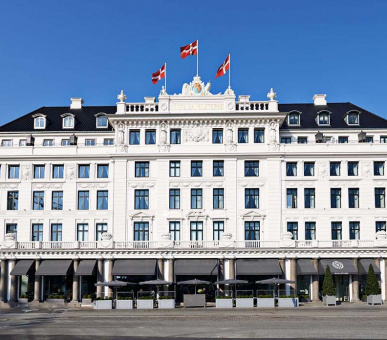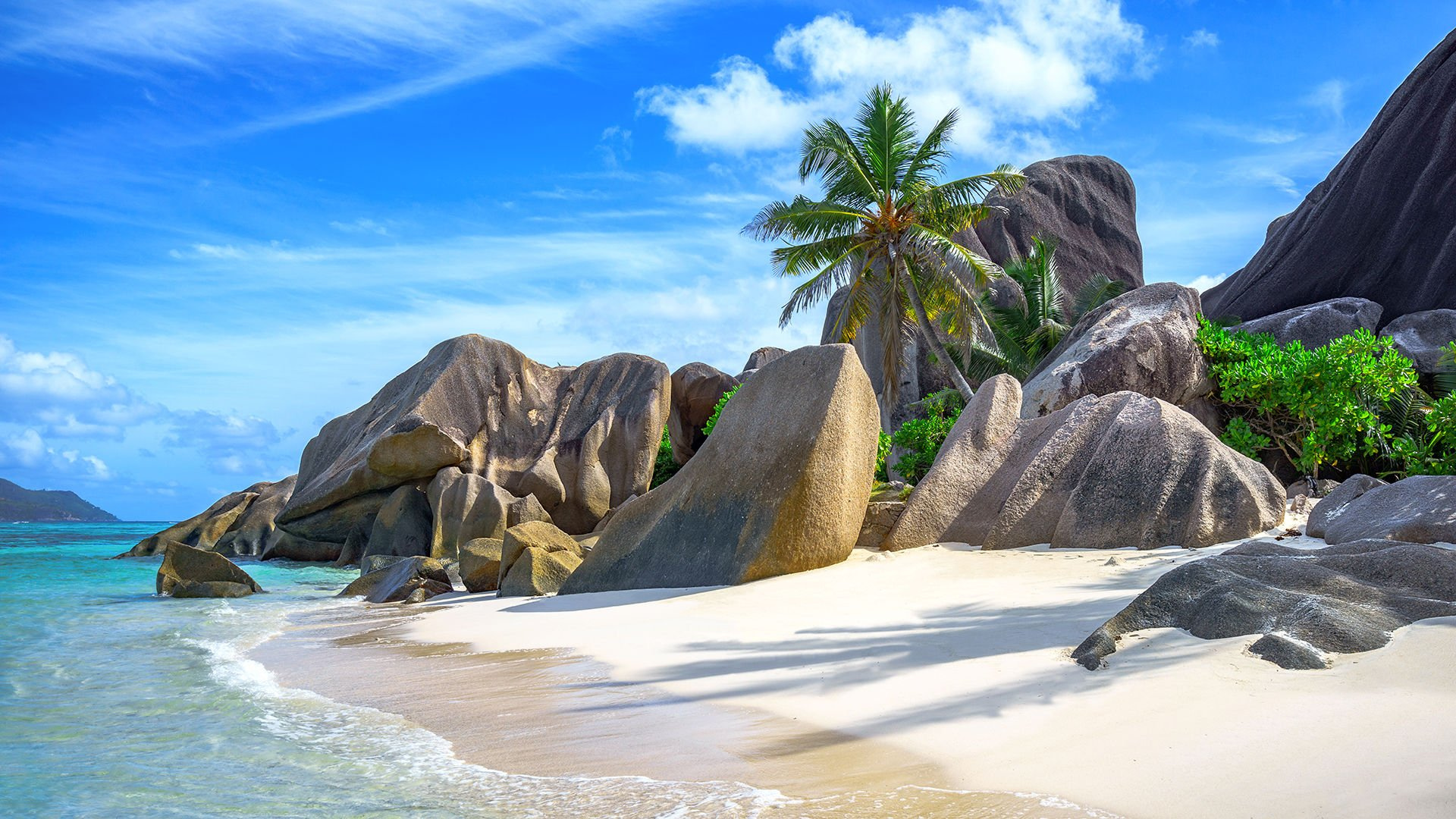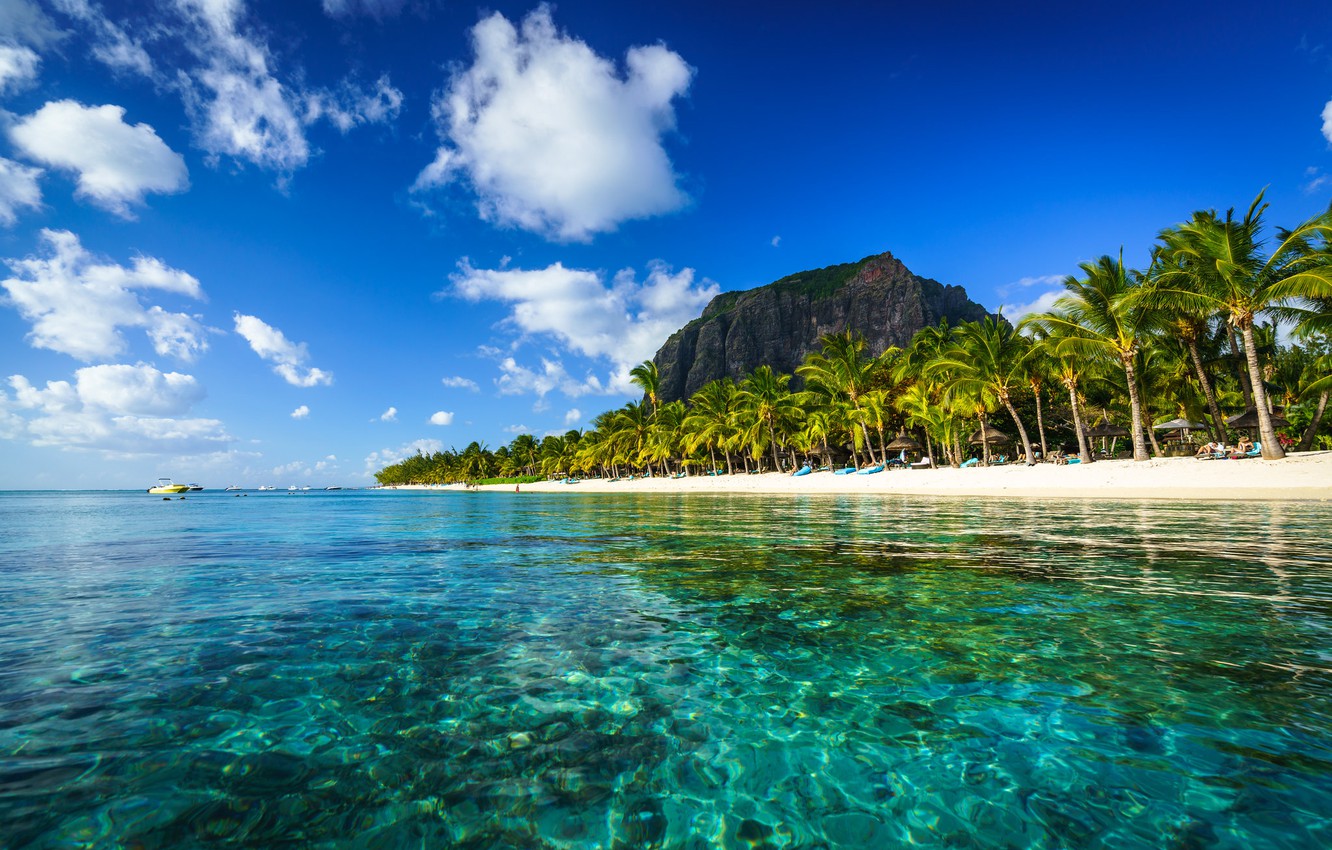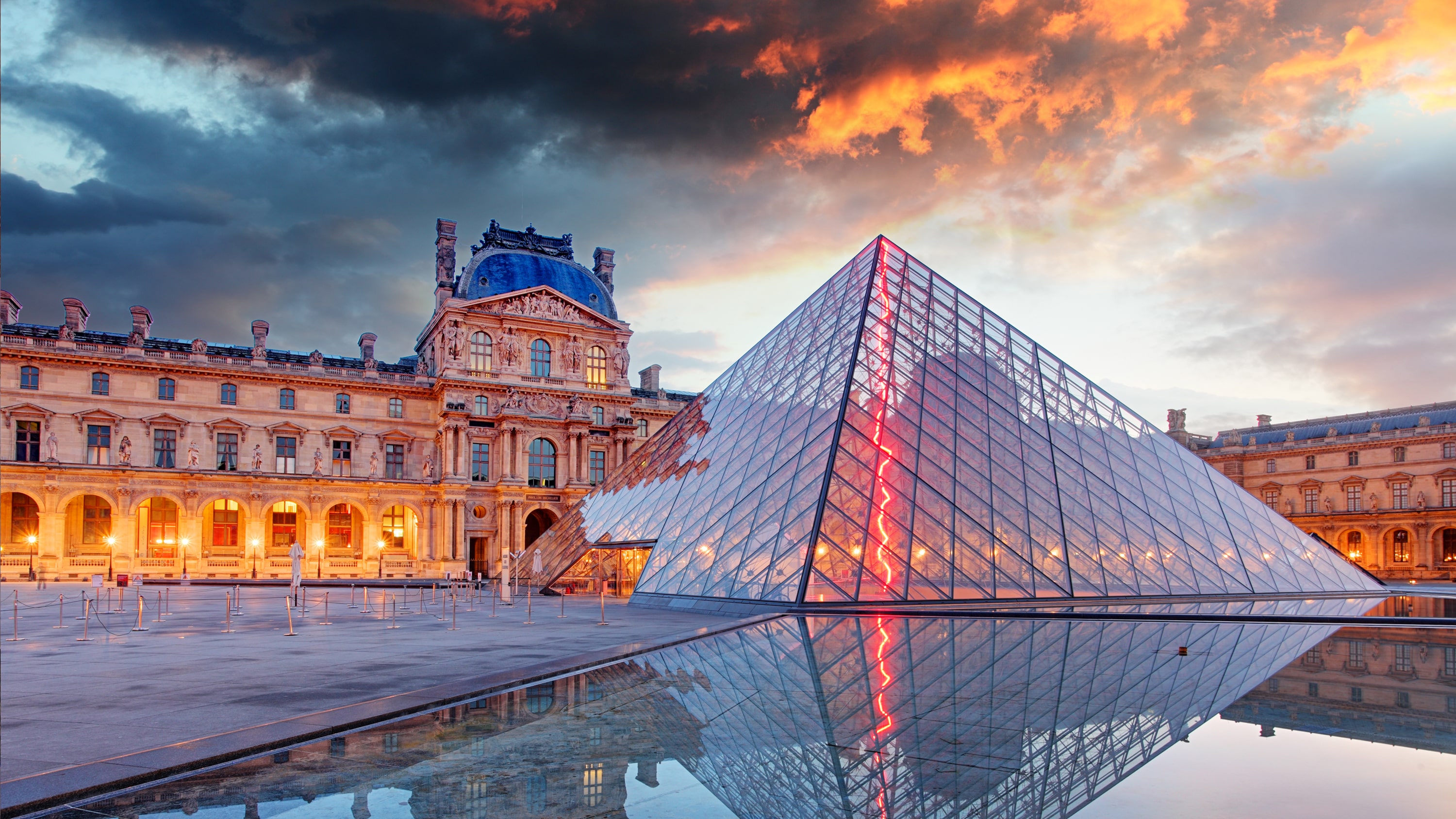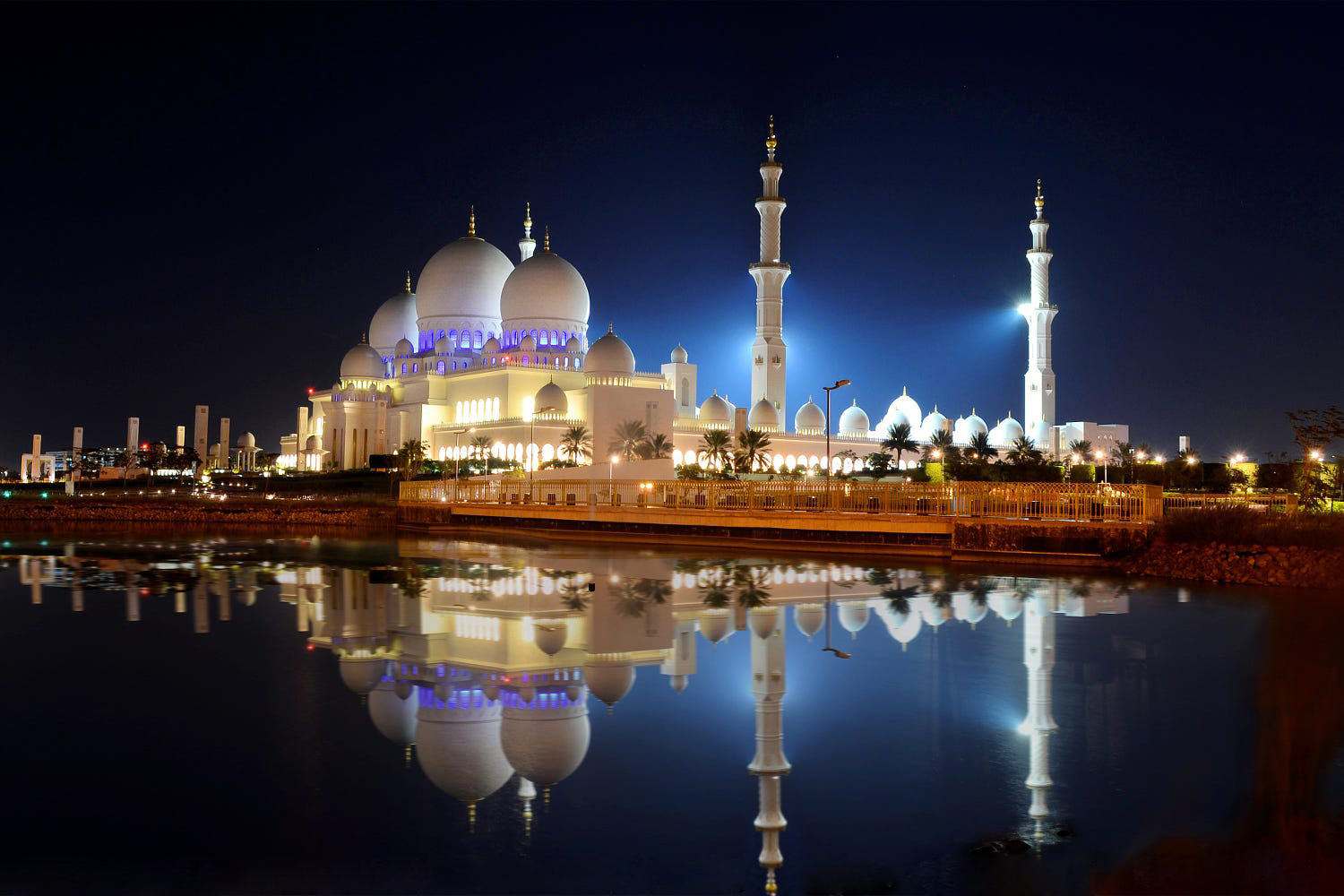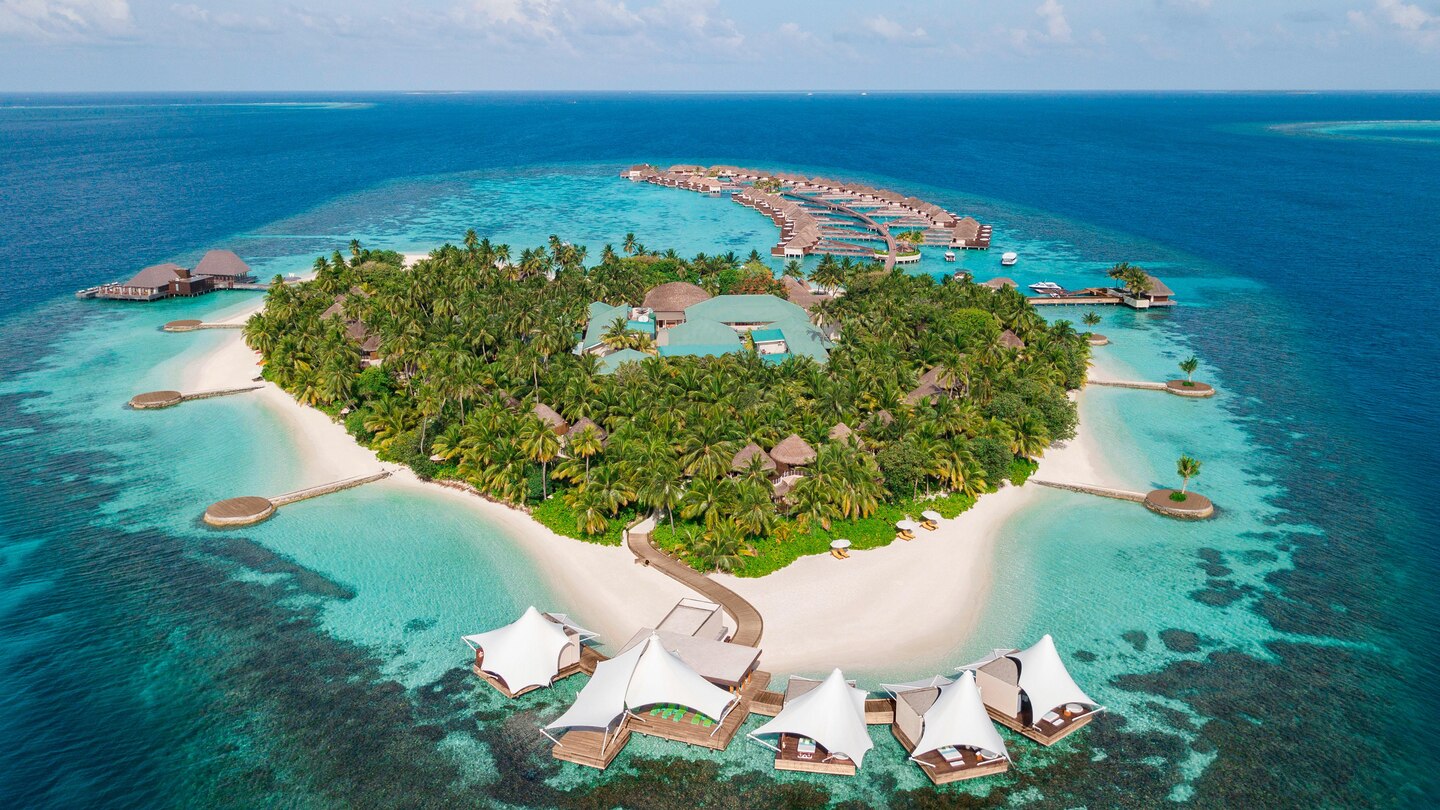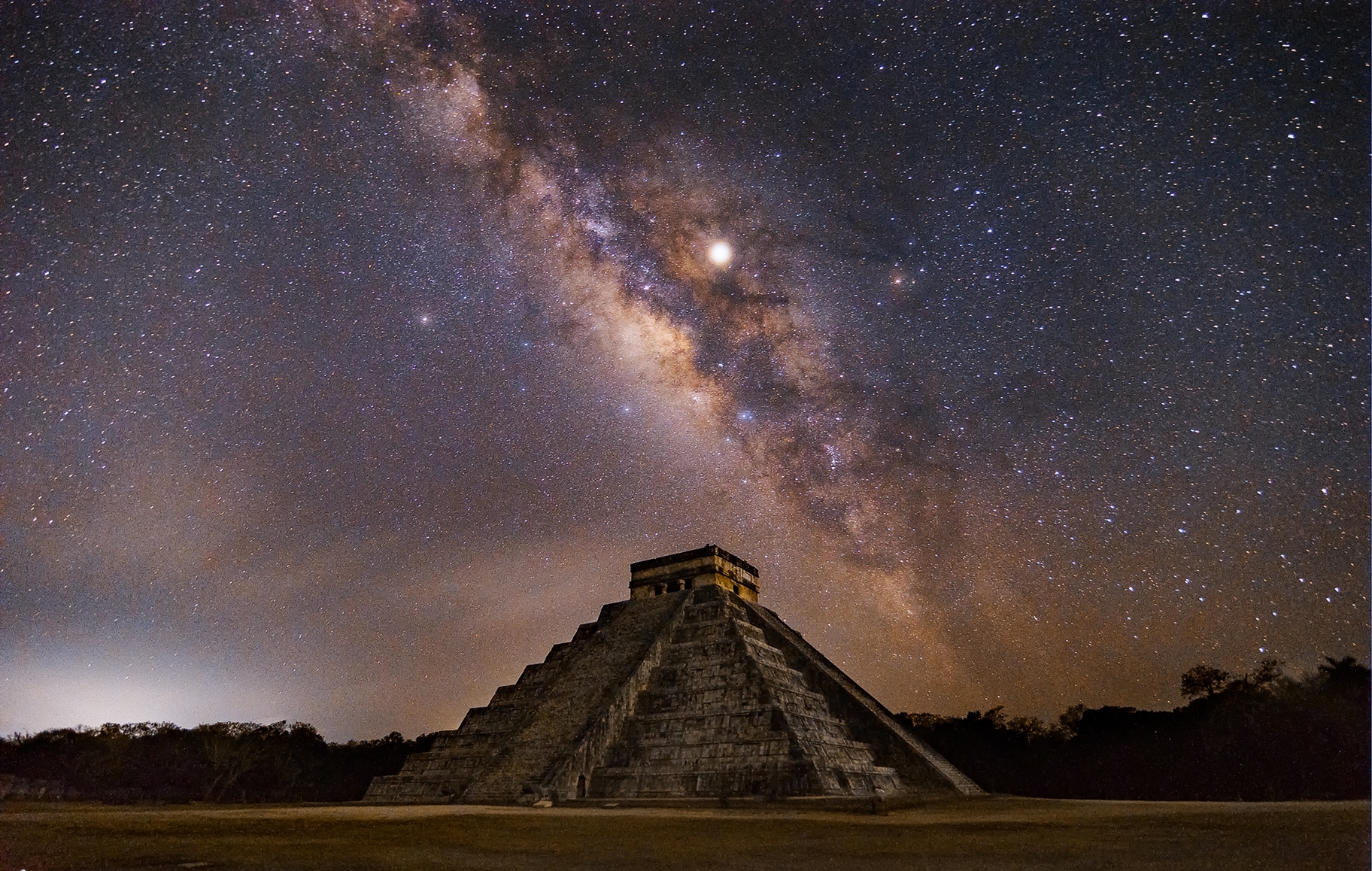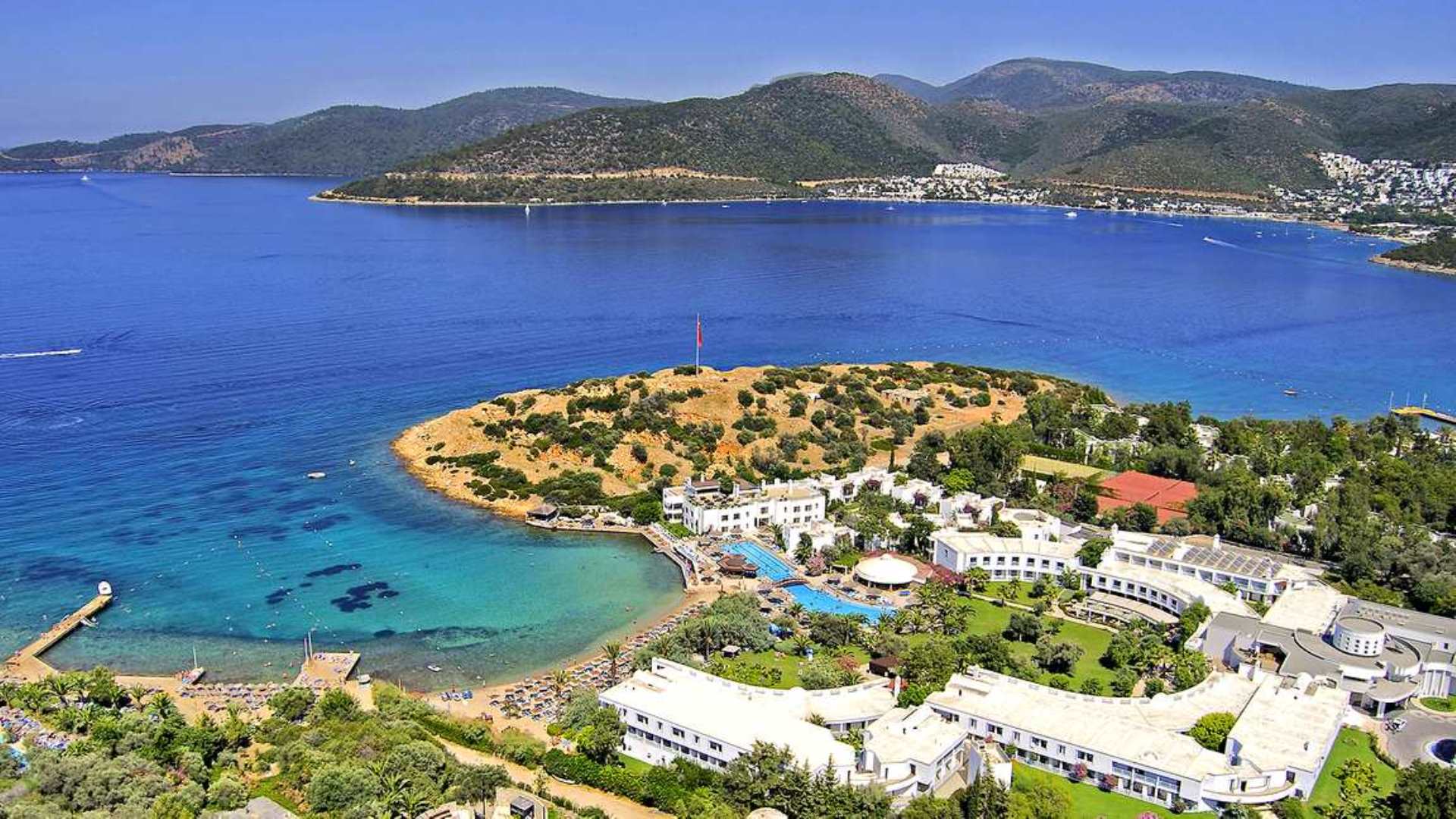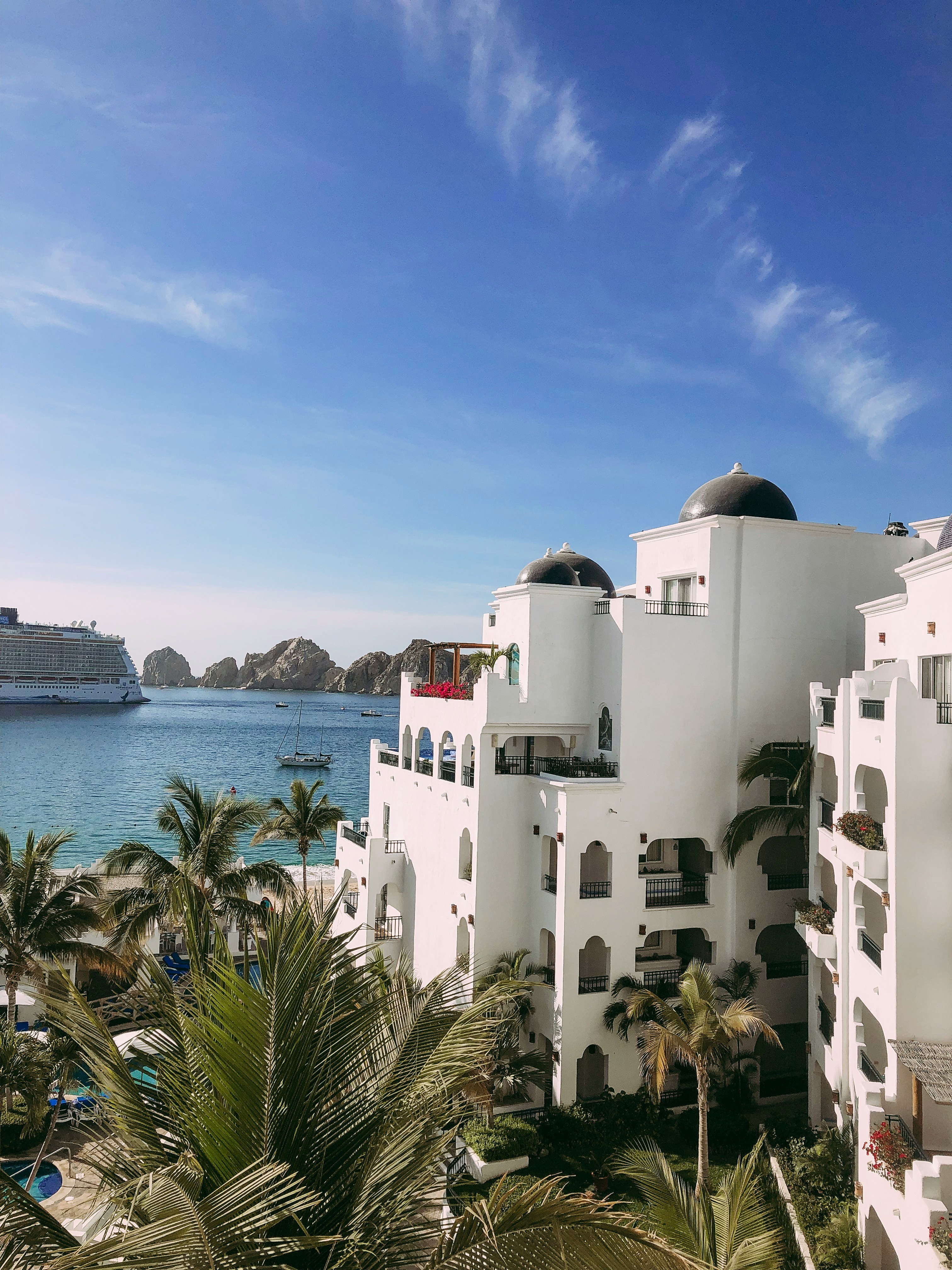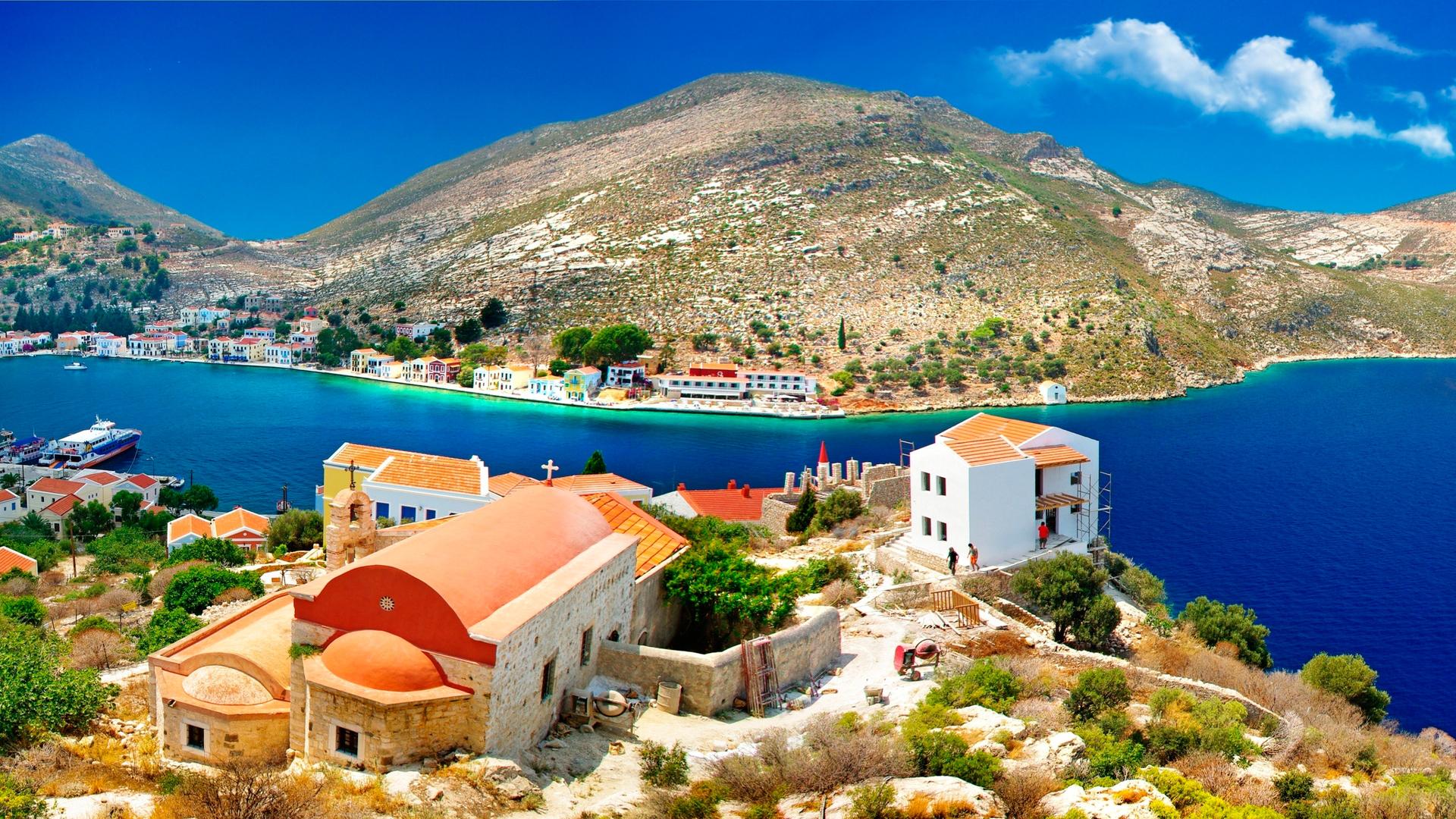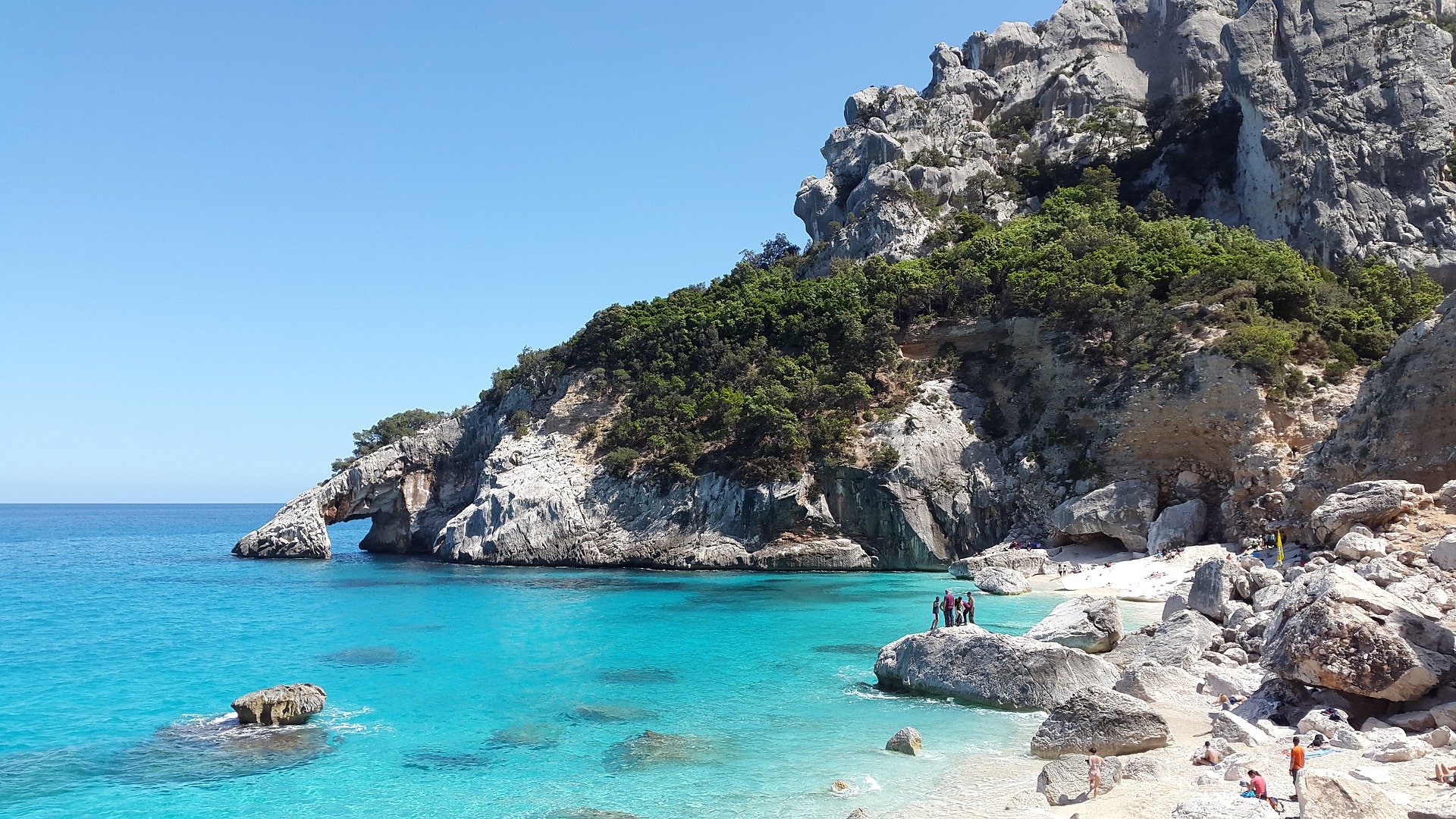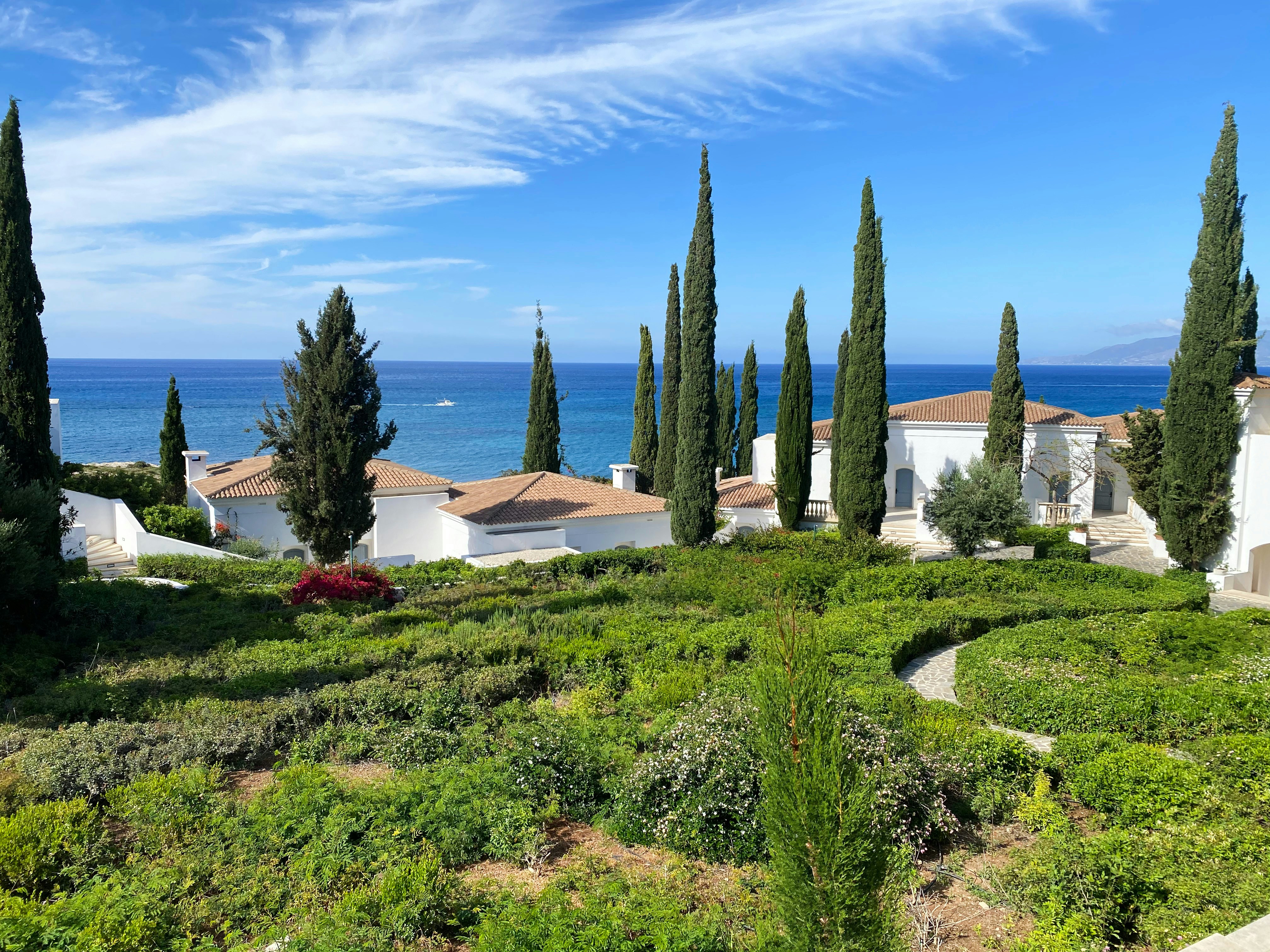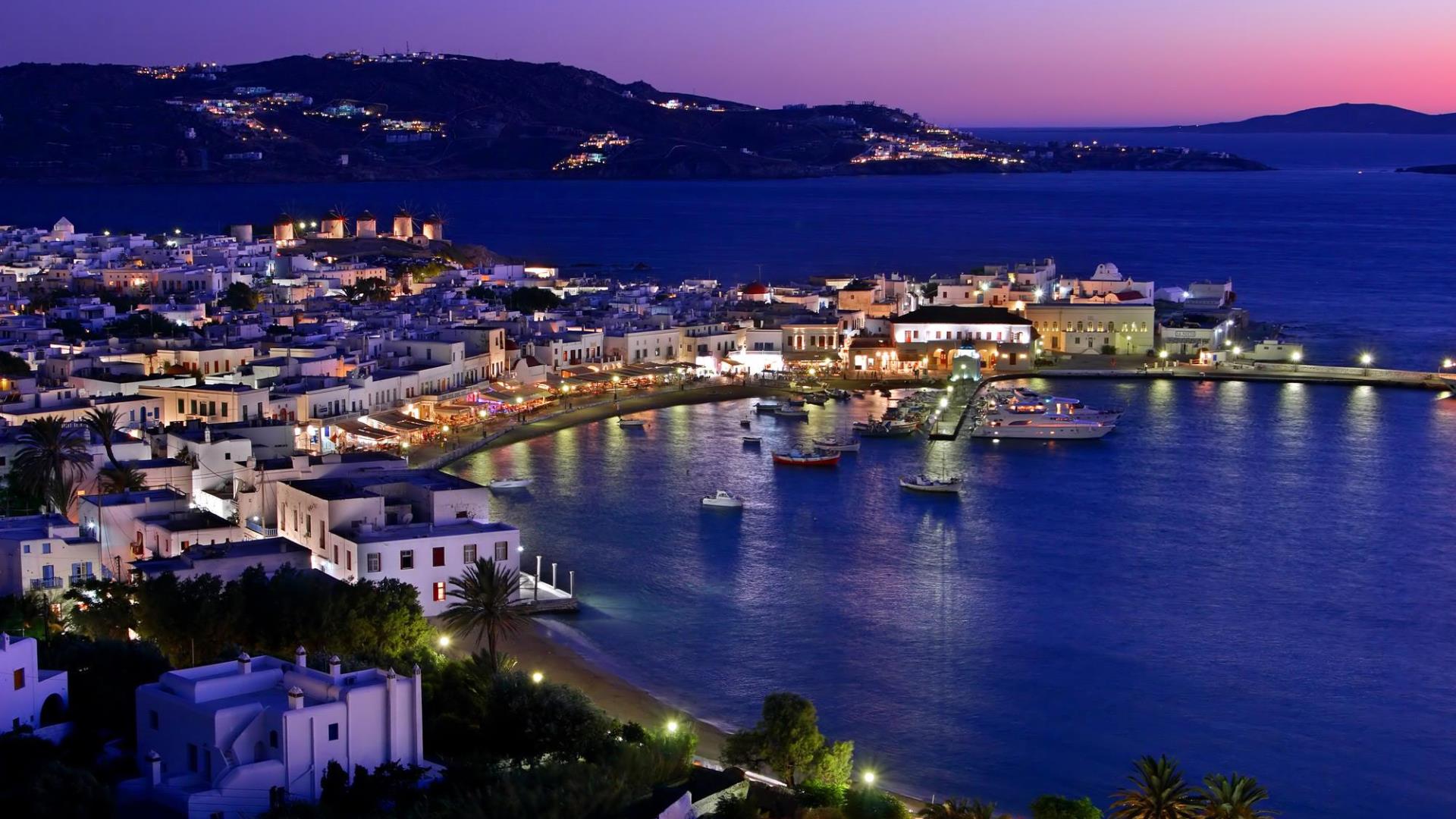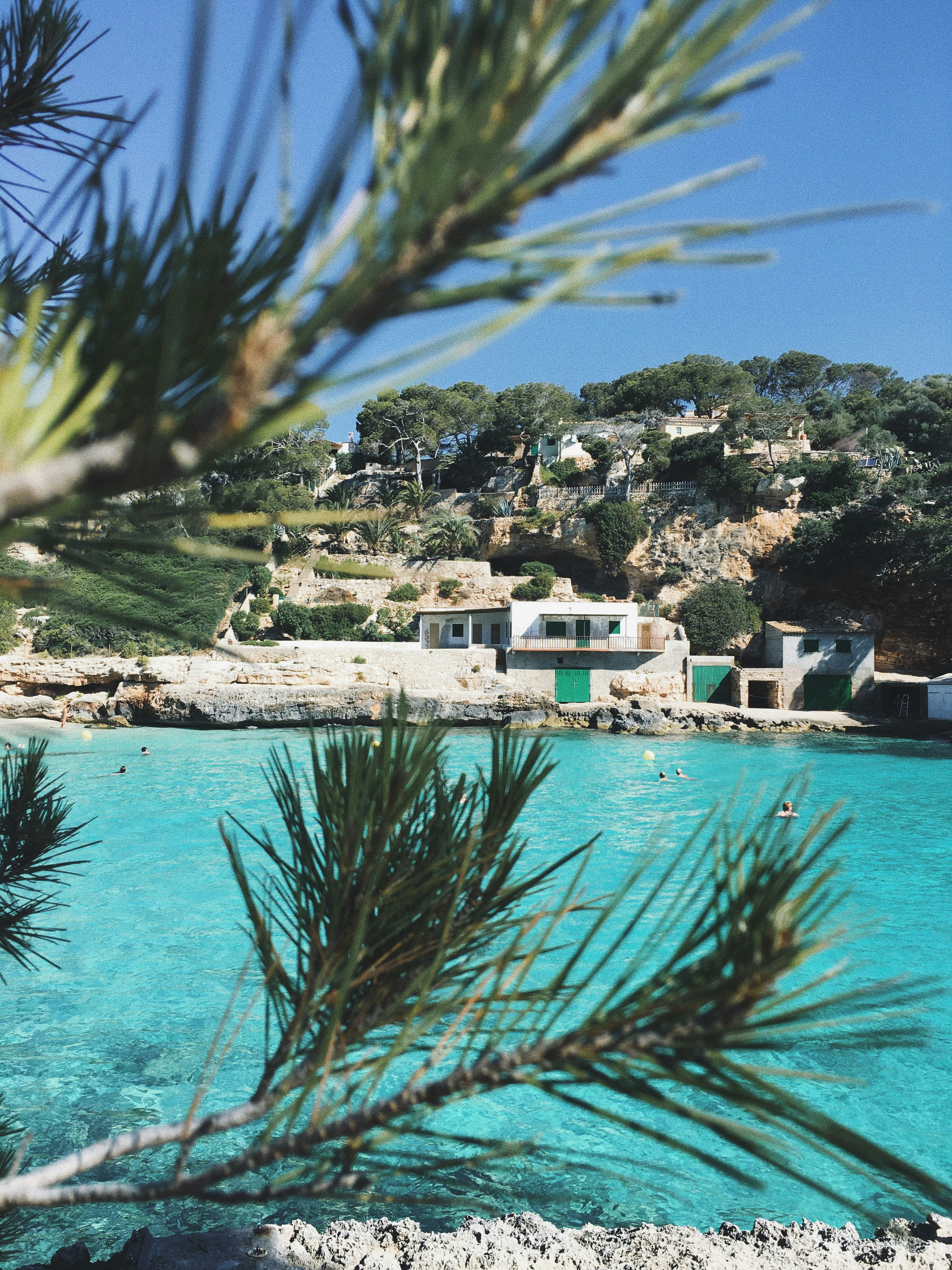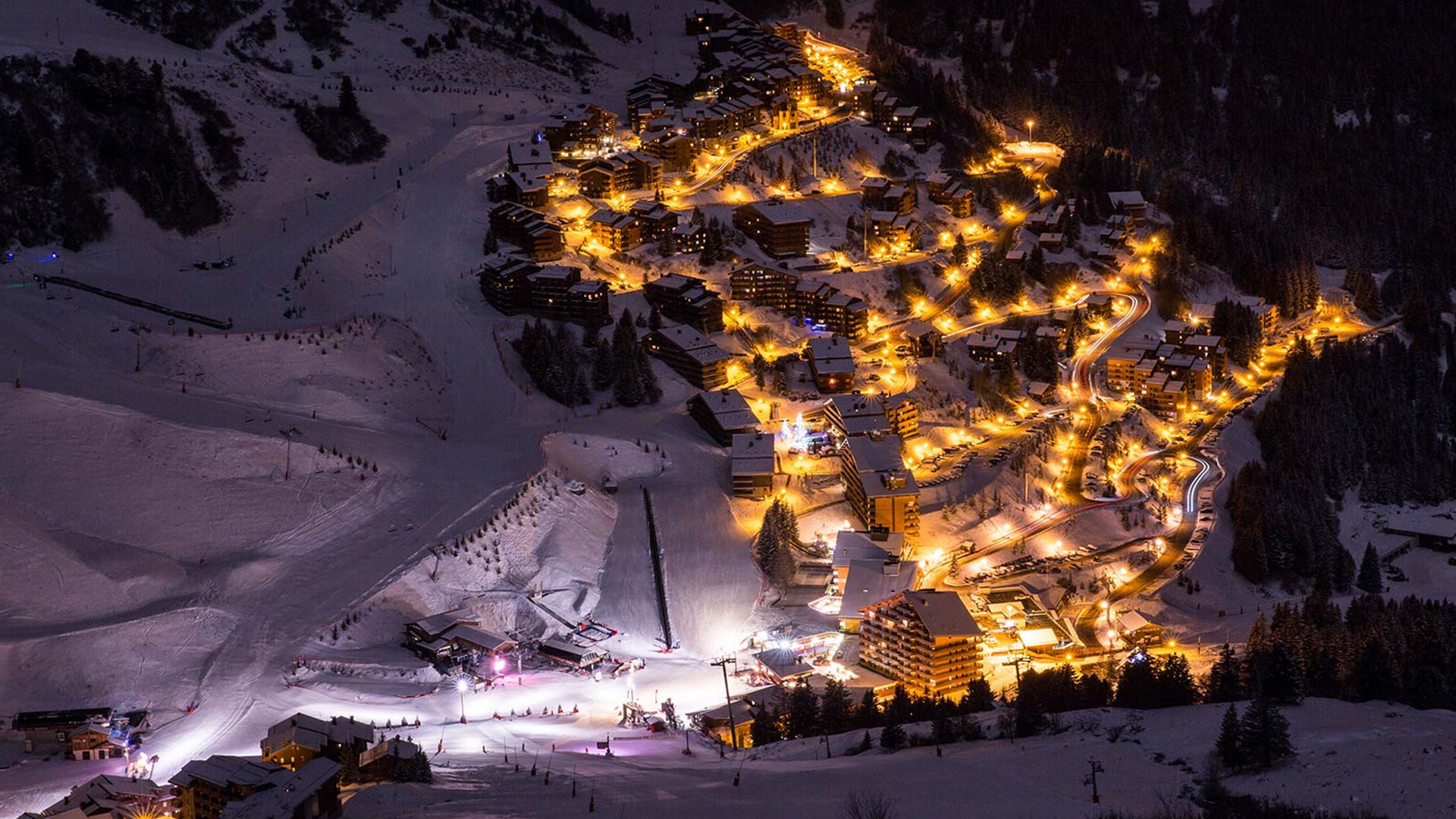Holidays in Copenhagen
Hotels
Copenhagen - The capital of Denmark - has received its name from the words koben-havn, which can be translated as a 'trade fit.' It grew in size, increased its significance by its position at the Eresun Strait - the Strait between Denmark and Sweden, which guarded the entrance to the Baltic. From a modest town, Copenhagen has become the largest city of Scandinavia, with 1.5 million people living today. This is the residence of one of the oldest kingdoms of the world.
Copenhagen is a charming city. It can be seen through his channels, narrow streets and old houses. Hans Christian Andersen, the most famous resident, is still alive. Soren Kirkegor was another world-famous resident of Copenhagen. He loved to walk long in the middle of the city in the morning, thinking about the next feature of his collection, which gave him the title of the father of existentialism.
There are still some characteristics of the village in Copenhagen. If you don't take into account the suburbs, you'll be able to walk most of the city's centre, which is an obvious advantage when you visit these places. The city was like specially created for walks, and it is in Copenhagen that the longest and oldest pedestrian street of Europe is located.
Notice: Tivoli Park This fascination park was built on the scene of former reinforcements in the heart of Copenhagen, on the south side of the Ratusch Plaza. It's stolen by 160,000 flowers and 110,000 electrical flashlights, creating an impressive landscape. Building in 1843, Park Tivoli, in addition to a lot of fascinating attachments, is ready to offer you a variety of restaurants, dance halls, theatres, pubs, and just a walk around a nice park with small lakes.
Strøget - This oldest pedestrian street in Europe begins on the Ratusch Squad. The most interesting parts of it are Gammeltorv and Nytorv, the old and the new area on the different sides of Strøget. They have laid down fruit and vegetable markets, traded forgeries and improvised jewellery products. The word "Strøget" never meets on the map because Strøget collects five streets: Frederiksbrerggade, Nygade, Villelskaftet, Amagertorv, and Østergade. All of them.
These streets have built endless stores, from the largest Magazin and Illum supermarkets to no less interesting boutiques, small shops and just small shops. Any woman (and many of the men) will be able to spend not one hour in them to bring home the most recent innovations from Europe. And if you're tormented in the buying process, there's gonna be great restaurants in front of you and many Fast-foods. It is also possible to visit museums nearby (Ginnes World Records, Erotics, etc.).Indre By It's called the Old City, the heart of Copenhagen. It is a labyrinth of the old streets, alleys and areas where many monasteries can be found. If you pass the area of Gammeltorv and Nørregade, you'll be in the university area. This area, as in Paris, is called Latin Quarter. There is one of the most famous features here: the Copenhagen Cafederal Collection (Vor Frue Kirke), the Round Bashny
Nyhavn - This is part of the harbour where seafarers have been engaged for years to tattoo as well as to seek other entertainment. Today, it's one of the most elegant areas in the heart of Copenhagen, there's the most beautiful hotel d'Angleterre and many prestigious restaurants. There's a Queen's Theatre right next to Nyhavn.
Slotsholmen - It is an island where the Palace of Christiansborg is located and where Bishop Absalon was built in 1167 by the city ' s first fortress. Today, the Danish Parliament meets here, as well as the Torvaldsen Museum. Slotsholmen Island is connected to the old city with bridges. You can visit the Royal Library, the Teatra Museum and the Royal Concessions. This is the Stock Exchange of the 17th Century (Borsen).
Christianshavn - It's a new city built by King Christian IV's order at the beginning of the 16th century. The city was originally conceived to house labourers. Today they come here mainly to visit the Danish Museum Film on Store Søndervoldstræde è church Vors Frelsers Kirke, on the corner and Skt. Annfgade. Sensitive lovers will be able to climb up the spiral outside to the very sword of this old church, where the unforgettable church opens.
Copenhagen.Christiania - Colored and completely unlike the rest of Denmark, the Copenhagen region, built mainly by former soldiers ' barracks. It is located near Vor Frelsers Kirke in Christianshavn and can be accessed from Prinsessegade Street. There are craft shops and restaurants, merchandise and food here, which are quite expensive because residents refuse to pay the Danish 25% tax (DN) in 1971, when a large number of young and homeless people moved here without the permission of the city, claiming that Christiania is a free city. Since then, there has been no dispute around Christiania, and to date this is the only place in Denmark where easy drugs are available.
PICTURE ID=2657 H=200 W=307 TABLE=resortPICTURE ID=2657 H=200 W=307 TABLE=resort
